Traditional Braces – Webster, MA
Realign Your Teeth and Bite Effectively
Traditional braces have been the standard for treating all levels of misalignment, crooked teeth and malocclusions (uneven bites) for many decades. As a concept, they’ve been around for even longer, centuries even. Simply Orthodontics Webster continues this tradition of helping individuals and families treat orthodontic issues before they lead to severe complications later in life. If your child needs to have severe misalignment, overbites, or other issues addressed, don’t wait to call our orthodontic office today to schedule your first appointment for traditional braces in Webster, MA!

What Should I Expect from Traditional Metal Braces?

To start, we’ll perform a comprehensive exam of your mouth to confirm if any unique issues are present. From there, we’ll schedule you for another appointment where the brackets and archwire will be placed on your teeth. During this treatment, we perform a detailed cleaning and dry your tooth enamel completely beforehand. Next, a small amount of bonding material is applied to each tooth individually, followed by a metal bracket. Then, an archwire is threaded through each bracket and trimmed so that it’s not poking out the sides. Lastly, small elastic bands are wrapped around each bracket. During this step, you can customize which color you’d like based on your preference.
How Long is Treatment Usually?
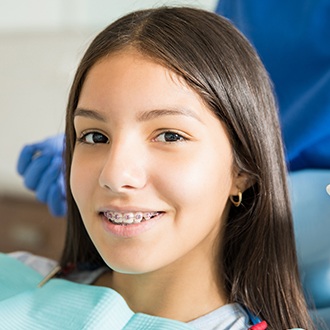
Depending on how severe your dental issues are, the length of your orthodontic treatment will vary. For example, the amount of room you have available or teeth to shift as well as the distance your need needs to travel can both determine the overall success of your treatment. Furthermore, good at-home oral hygiene and following all of your orthodontist’s instructions is key. You can expect to wear the braces anywhere between one and three years in most cases. Following that, a retainer must be worn for six to twelve months, which works to prevent teeth from shifting back to their original position.
Are Traditional Braces Right for Me?

Through a detailed exam, we can determine if you or your child should consider braces at our orthodontic office. As performed by one of our orthodontists, we can provide an informed recommendation based on how severe your dental issue actually is. Crooked, misaligned and uneven bites as well as rotated teeth can all be fixed with traditional braces. If your case is more minor, we may have another recommendation that does not take as long or require as much of a commitment. Simply Orthodontics Webster is happy to offer options and potential alternatives that best address your oral health and personal life preferences.
Understanding the Cost of Traditional Braces
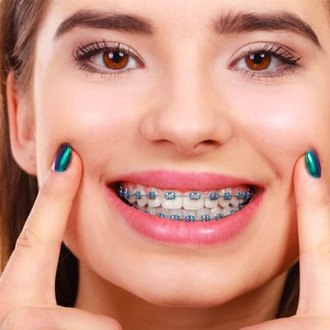
In order to receive an accurate estimate of how much you can expect to pay for traditional braces in Webster, you’ll need to come in for a consultation that involves an examination of your smile and an overview of available treatment specifics. But in the meantime, here’s some useful information about some of the factors that contribute to the cost of traditional braces, along with some ways you can utilize your insurance and take advantage of other means to lower your expected costs.
Factors That Affect the Cost of Traditional Braces
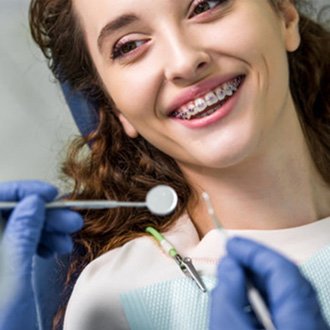
No two smiles are exactly alike, meaning that there are various factors that ultimately contribute to the cost of traditional braces. Here are a few noteworthy ones:
- Severity of dental misalignment – Some patients have severe misalignment that requires extensive correction, while others only need minor rearrangement. In any case, the complexity of the case, coupled with the need for additional appliances, is perhaps the largest contributing factor to the cost of braces.
- Age of the patient – Often, children’s teeth move more quickly since they aren’t as firmly set in the jaw as an adult’s teeth. This generally facilitates easier, quicker movement.
- Length of treatment timeline – The longer you wear braces, the higher your treatment costs will climb as you’ll require more checkups, more adjustments, more supplies, etc.
- Patient’s compliance with treatment – Patients who neglect to follow their treatment guidelines, such as not adhering to dietary restrictions, not wearing elastics, or partaking in habits that are harmful to their braces, might experience expensive and lengthy setbacks.
Professional Braces vs. “DIY” Braces: Which Costs More?
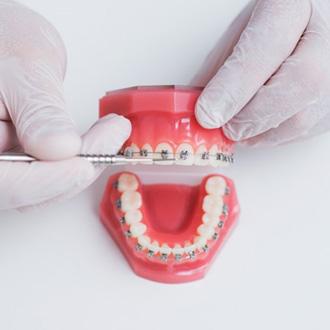
Many patients these days are tempted by the allure of “DIY,” or do-it-yourself, braces—mostly due to their lower initial price point, as well as their apparent convenience. However, doing things yourself might end up being much more problematic than you may realize, in terms of time, effort and money! First of all, by opting for the DIY route, you’re forfeiting your right to a comprehensive examination by a trained professional, meaning that some problems or needs might go unnoticed. Secondly, you’ll lack the crucial monitoring conducted by your orthodontist throughout your treatment. And finally, you’ll run the risk of worsened orthodontic issues that require costly future treatment to correct—which in the end, will hurt your smile and your wallet. The bottom line is that if you want a reliable solution that also gets you your money’s worth, getting professional braces is the right answer.
Does Dental Insurance Cover Braces?
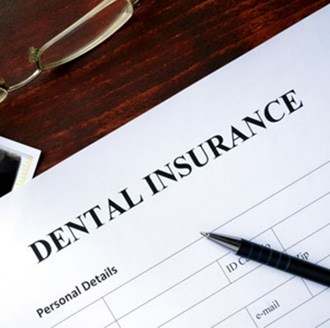
You should know that many dental insurance policies include at least partial coverage for braces, but since every plan is different, it’s always important to review the details of your coverage before committing to getting braces. That said, braces are more likely to be covered if they’re needed for medical reasons, such as addressing dental misalignment. Additionally, some plans might only provide coverage for younger patients under the age of 18. Generally, you can expect around 50% coverage, but plans vary from patient to patient. In any case, when you come in for your consultation, we’re more than happy to help you navigate the specifics of your plan to figure out how much you’ll be expected to pay out of pocket.
Options for Making Braces Affordable

Here at Simply Orthodontics Webster, we firmly believe that lacking dental insurance shouldn’t mean you’re entirely out of luck when it comes to making braces more affordable! That’s why in addition to accepting insurance from various providers, we’re also proud to offer affordable financing through LendingPoint that allows qualifying patients to receive help with their orthodontic care with no down payment and low monthly payments. We’re also excited to offer patients the option to enroll in our Preferred Plan membership, which grants access to several awesome benefits throughout treatment. Finally, we’re thrilled to offer a free orthodontic consultation when you come in, so don’t hesitate to begin realigning your smile without worrying about budgetary constraints!
Traditional Braces FAQs
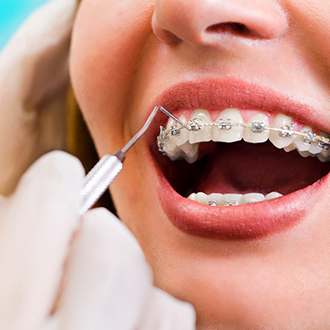
After reading the information above, you know a bit more about why traditional braces in Webster could be the right choice for your smile. However, it’s completely normal to still have some things you are wondering about. At Simply Orthodontics Webster, we want you to be as informed as possible before making the big decision to move forward with orthodontic treatment. That’s why we’ve decided to answer some frequently asked questions below. If you’d prefer to speak directly with a member of our team, be sure to give us a call!
Am I Too Old to Get Braces?
When you think of metal wires and brackets, you may associate them with childhood and adolescence. However, there’s no upper age limit for traditional braces in Webster, meaning almost anyone can get them! Of course, since adult teeth are more firmly rooted into the jawbone, it may take longer to reposition them into proper alignment. Also, your oral health needs to be in good standing before you can begin orthodontic treatment. Depending on your situation, you may need to undergo preliminary procedures like fillings, root canal therapy or gum disease therapy. It’s also worth noting some dental insurance plans may not cover braces for adults, so check with your provider before committing to anything.
Do Traditional Braces Hurt?
You may feel mild soreness in your teeth and gums for the first few days after getting your braces. The good news is it’s only temporary and should dissipate. You can manage your discomfort in the meantime by taking over-the-counter pain medication and eating softer foods. Throughout your treatment, you may experience some tenderness as your teeth are shifting into new positions. If needed, you can use orthodontic wax to protect your soft oral tissues and avoid irritation.
Can I Chew Gum with Traditional Braces?
Chewing gum is strongly discouraged because it can easily get stuck in your braces, causing your wires to bend or making your teeth shift in unexpected directions. However, some studies show chewing gum can actually relieve pain from orthodontic treatment and reduce gum inflammation. It’s also been proven to lower the risk of decay if chewed for 20 minutes after eating a meal or snack. But ultimately, these so-called benefits are usually not worth the risk of harming your braces and jeopardizing your treatment time.
What Can You Not Eat with Traditional Braces?
It’s strongly recommended you stick to a soft-food diet for the first few days after getting braces. You’ll need to be mindful of what you are consuming since your teeth are adjusting to metal wires and brackets. Also, certain foods can damage your wires, brackets, or rubber bands.
Here are a few food items you should avoid:
- Popcorn
- Sticky, chewy, or hard candy
- Nuts
- Chips
- Corn on the cob
